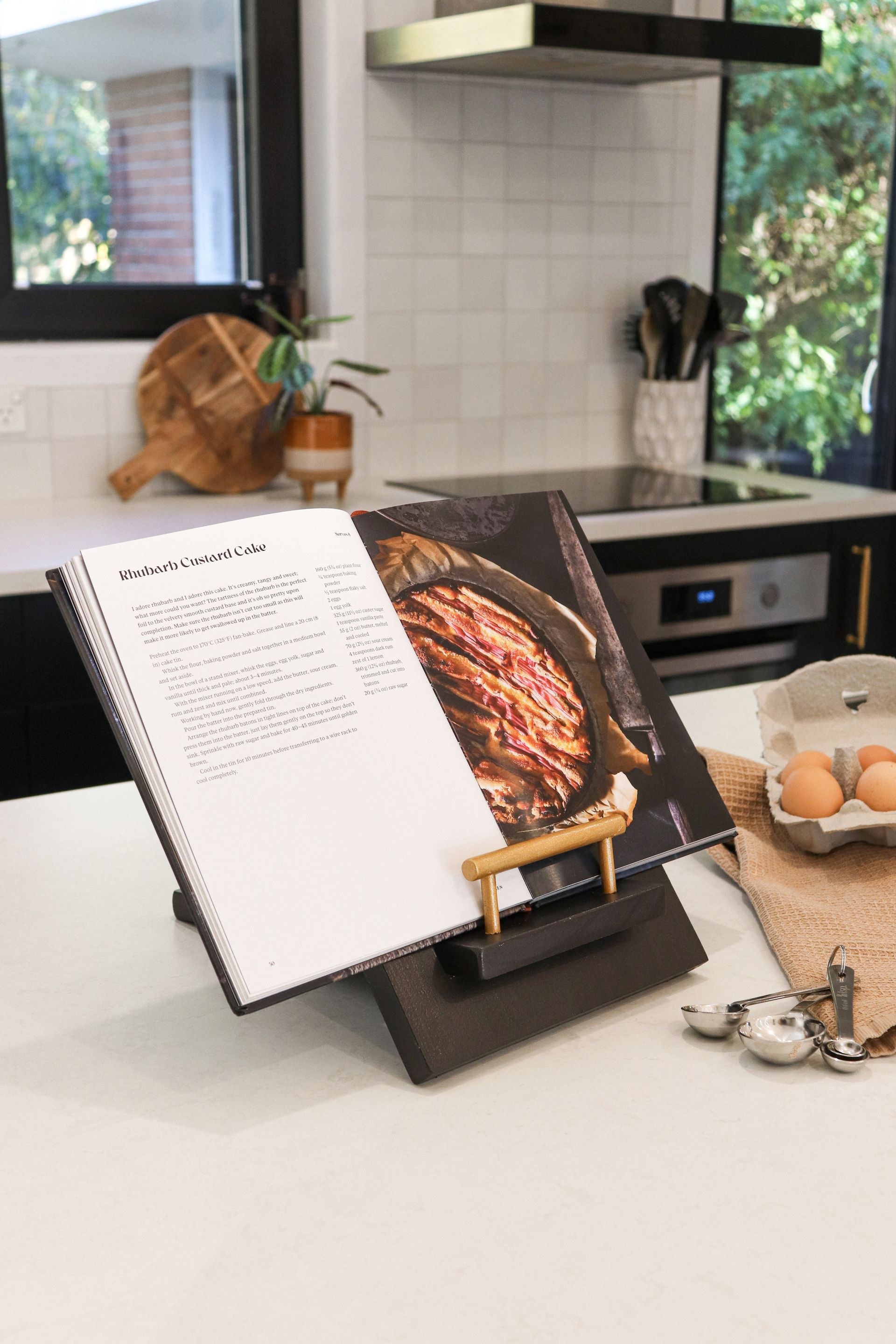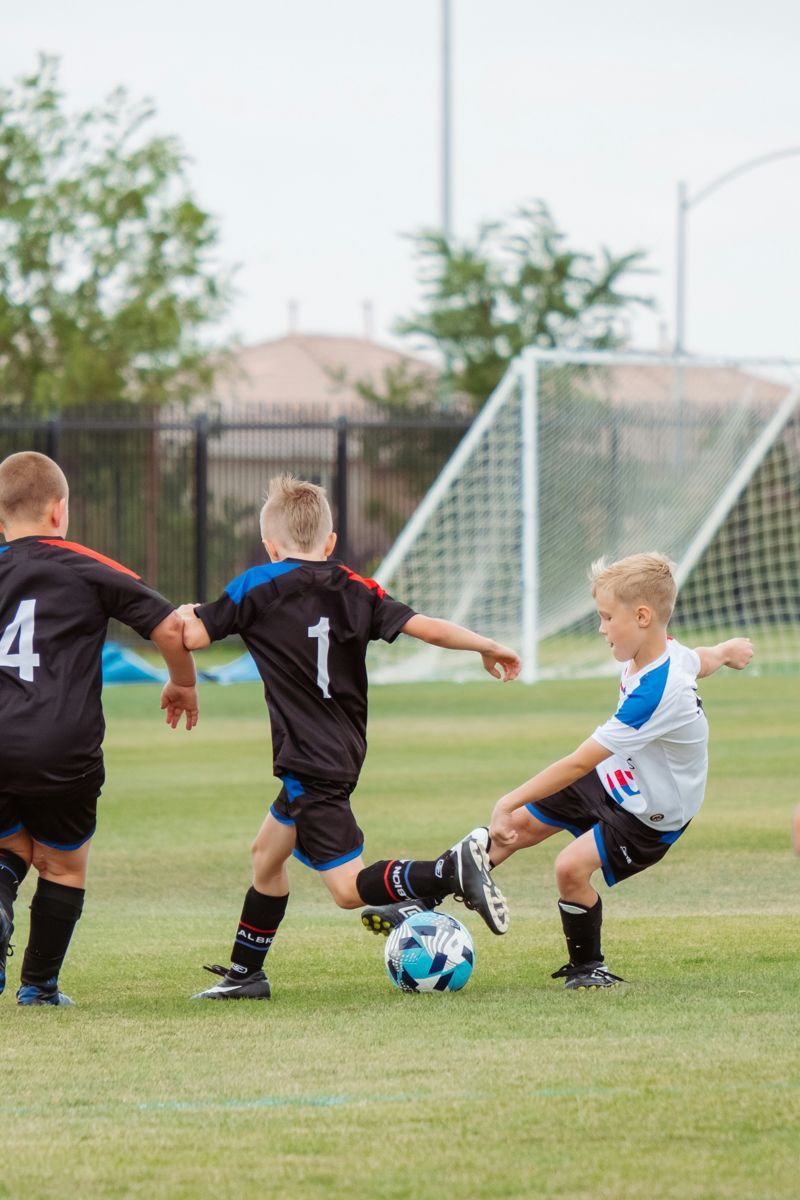Sitting across the table from Kypros Kotzikas it is hard not to get caught up in the passion and vibrancy he has for life. At 79 years of age he is far from slowing down; in fact his retirement projects are bigger than some people’s careers!
In May of 1962, Kypros Kotzikas immigrated to Christchurch from Palechori, a small village in the mountainous region of Troodos, Cyprus. The young 18-year-old had made the journey halfway across the world to join his brother Andreas, and work for him in his Aranui fish and chip shop. ‘If I’d had the money to return to Cyprus I would have leapt at it,’ cackles Kypros with his trademark grin. ‘I didn’t want to be here, working in a fish and chip shop. I wanted more.’
An entrepreneur even at a young age, within months of arriving in Christchurch he had taken over from his brother and within three years had purchased the shop outright, and was already eyeing the next venture – wholesale fish and crayfish. ‘There was a gap in the market,’ he explains, ‘so I filled it.’
This simplified approach has put him in good stead for success, crediting his heart over his head as the propeller of many a project. ‘Some people think and make calculations when an opportunity presents itself but in my case I just see good, or bad. If it is good I go for it, if it’s not I walk away. I never have a plan!’
His serious side comes out as he begins to talk about being ‘no good at school’ and the challenges that arose for him being dyslexic, but it is the memory of his father that has spurred his work ethic and quick-thinking business brain. ‘Growing up in a small mountain village in Cyprus my father Kyriakos was a shepherd and a butcher. We were a goat-herding family and every Saturday he would kill a goat for meat and sell it. He was always buying and selling goats. He was constantly expanding. There were nine of us children and every time one was born he would buy another piece of land. He died when I was only three, but had already instilled his business ability in me.
‘I knew I wanted more than to be a goat herder; I wanted an education and I made my mother’s life hell until I got one,’ he laughs. ‘Now, I want those ambitions for my children, and grandchildren. That is what drives my ambition, why I take the opportunities, so that they have what I didn’t growing up.’
In 1966, a commercial fish shortage placed challenges on the local industry and as local fish shop owners banded together and lobbied the government for assistance, Kypros knew the only way to secure ongoing supply would would be to join together with other fish shop owners and buy their own fishing boat. So he did. Which in 1968 led to a partnership with Cyril Strafford, a local businessman in the wholesale fishing industry. ‘We had a twenty-by-twenty factory out the back of the shop selling fresh fish, oysters and crayfish,’ reminisces Kypros.
And so the wholesale distribution business grew. ‘He had the knowledge and contacts and I had the energy and did the donkey work. It’s been fish ever since.’
In 1974, through word of mouth, Kypros found himself working on the deal of a lifetime, to purchase a modest seafood business, United Fisheries. ‘I am a gambler in everything I do,’ he laughs, ‘and this deal was one of those times it could have gone either way, but the opportunity was there, so I followed it.’
And the rest, as they say, is history. For nearly 50 years this energetic, vibrant man has been at the helm of one of our country’s most sustainable marine fishing operations, growing it to be one of the top 10 seafood ventures in Aotearoa.
In 1974, United Fisheries had a staff of 20, three fishing boats and a factory in Christchurch. In 1978 he expanded with the purchase of Barbadoes Fisheries and in 1986 Austro Seafoods in Timaru. In 1994, Kypros merged them under the one roof, and like all that he does, did so in a manner that stands out from the crowd – literally. The United Fisheries building with its Grecian columns and high-relief friezes makes a splash in the industrial landscape of Ōtautahi. ‘I wanted people to look at the building and think it was a temple of Aphrodite, not just a fish factory,’ he laughs. ‘I think it works.’
Now, United Fisheries is one of the largest employers in the Christchurch area, has numerous fishing boats around the country, owns several established mussel farms and is the go-to for fresh seafood for many of our top restaurants and fish shops, with auctions happening daily at dawn.
Kypros is sharp, edgy and – it has to be said – cheeky. His warmth and vibrancy for life is infectious and the love he has for his staff, and them for him, is captivating. His generosity and desire to know who he is talking to is hard to fault and I am unsurprised to learn that despite officially retiring at 65 he still comes into the office every day. His retirement project has been the development of fish by-products to improve health and crops. ‘I wanted to keep my brain busy,’ he shares with a smile. ‘And it is important to me that we are using everything the sea gives to us.
‘I believe that we have created so many chemicals and things to fight disease of crops that we are killing ourselves. We cannot go back 100 years and change everything but there are things we can do to minimise the effects on our health and planet.’
For example his fish fertiliser. Utilising the offal from the fish factory, United Fisheries are providing an organic liquid fish fertiliser for farmers looking to minimise chemicals. ‘If we can improve the health of the soil, then we can produce healthy plants, healthy animals and ultimately healthy humans,’ he explains.
All that was left over then was the fish bone. ‘Over the years I have spent a bit of time visiting Asian countries, and they would come here, and they always were interested in the fish by-products. I knew there was value in it,’ he explains, ‘so I built a processing plant to dry and mill the fish bone.’
While some thought he was crazy, Kypros collaborated with trusted scientists around the country to develop his range of Nutri Zing dietary supplements. All of which are made right here in Ōtautahi. While the range began with fish bone calcium capsules, especially for women’s health, it has increased to include greenshell mussel capsules for joint health and healthy joint solutions for pets. Which, as a prominent harness racing owner in New Zealand and dog lover, Kypros swears by. In fact he stands by them all, proudly sharing the extensive research, statistics and analysis that has gone into the development of each product. ‘My ethos has always been nutrition from the sea, and I will continue to do this until I can’t any more.’
As we come to the end of our interview, I am intrigued as to what his advice would be to young entrepreneurs and business people today. ‘Don’t do what I did,’ he laughs. However, he is also quick to highlight the lack of work-life balance in the modern working world. ‘Shut the door and walk out at the end of the day,’ he states. ‘Turn the technology off. Then in the morning, open the door and deal with the problems. There is more to life than work.’
Oh, and of course, ‘eat wild fish’.
For more information, visit unitedfisheries.co.nz and be sure to try their range of Nutri Zing dietary supplements.
Recent stories







